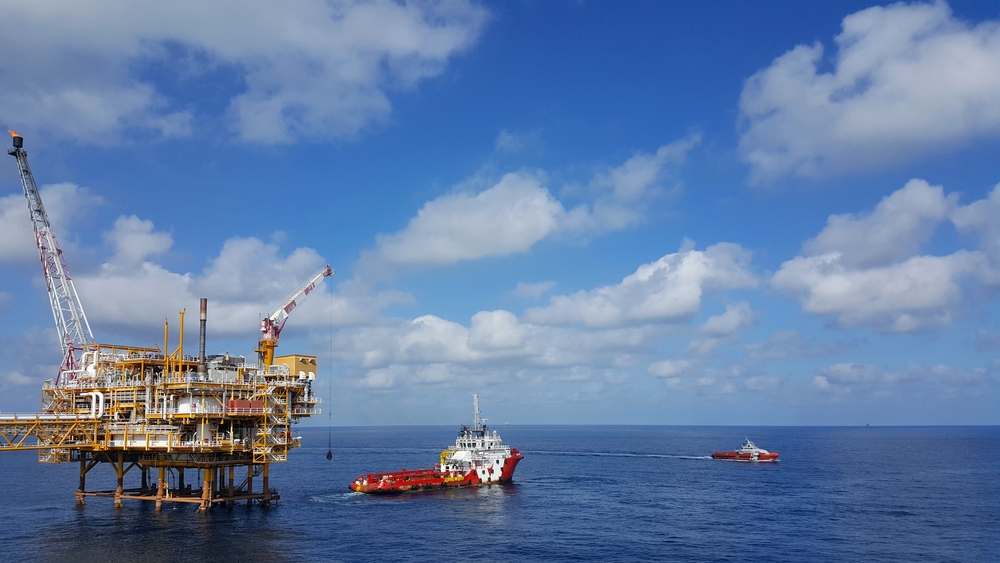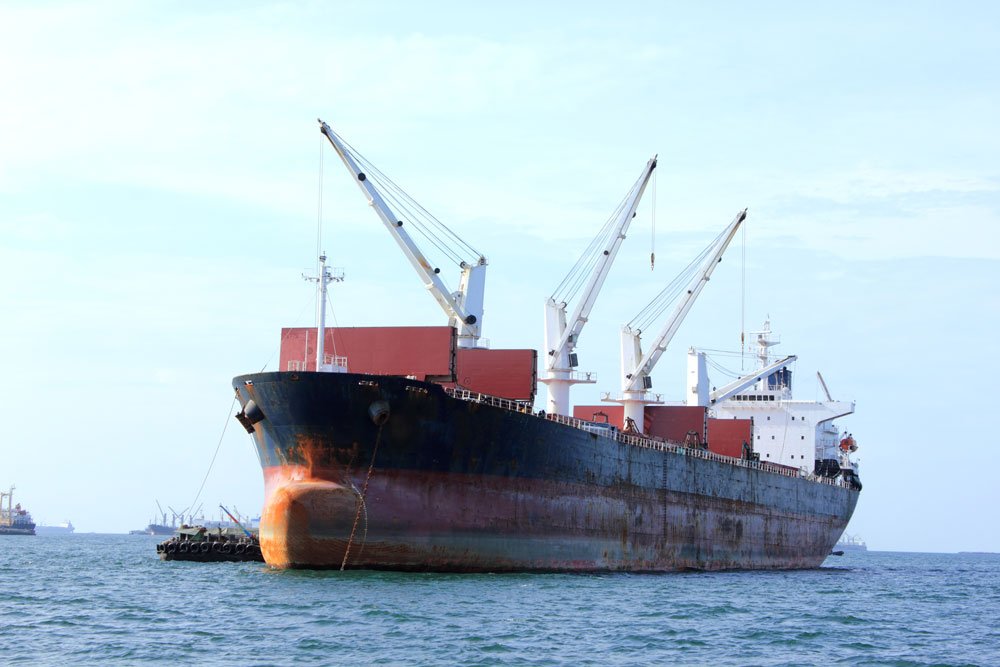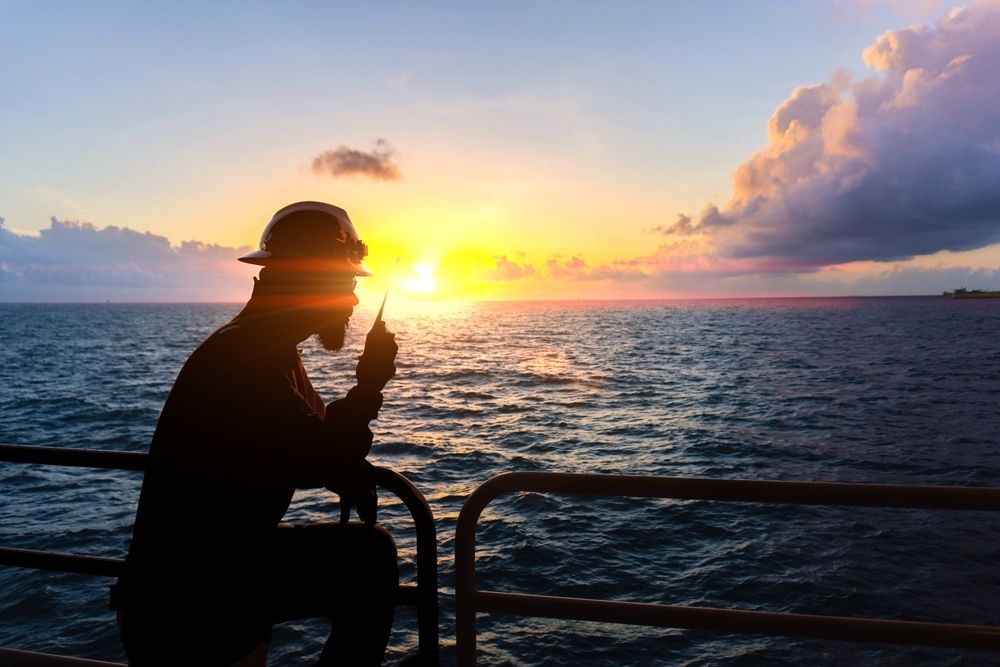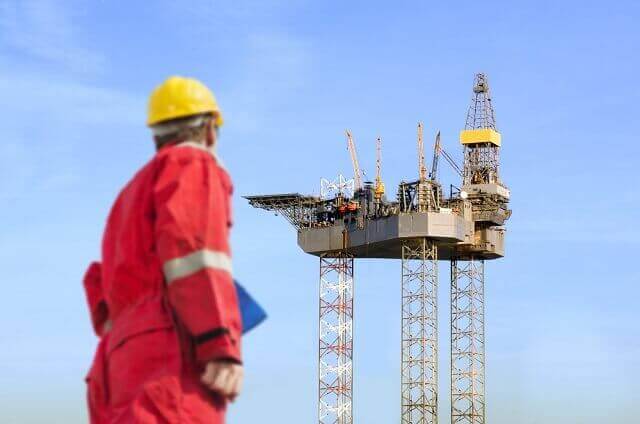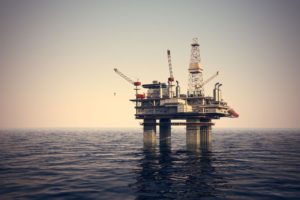
Industry leaders have noted that countries in Central and South America have accelerated offshore drilling and production while the U.S. has restricted such exploration in most of its offshore territories.
Offshore drilling companies claim that opening up acreage in federal waters off the East and West coasts along with the Gulf of Mexico acreage off of Florida’s western coast would create 1 million new offshore maritime jobs by 2020.
Senator Landrieu noted that the current acreage where drilling is allowed amounts to only 2 percent of the country’s Outer Continental Shelf. The Outer Continental Shelf is a vast offshore area that begins 3 miles off the coast of the U.S.
The Bureau of Ocean Energy Management acknowledged that only about 35 offshore wells have ever been drilled off the East Coast. Only 23 offshore producing wells have been drilled in the Pacific Ocean. Those numbers pale in comparison to the 40,000 offshore wells and 3,500 offshore production platforms situated off the coast of Louisiana in the Gulf of Mexico.
Senator Landrieu also criticized the dollar amount of royalty payments that Louisiana and other coastal states received. She noted that land locked oil and gas producing states have always received 50 percent of royalties from the Department of Interior. Louisiana and other gulf coast states now receive payments amounting to only about a third of the royalties from offshore drilling.
Free Case Evaluation
More About HHK
Other Offshore-Maritime Accidents News
Offshore work is one of the most dangerous professions in […]
Offshore oil workers hold one of the most dangerous job […]
Offshore workers perform some of the most dangerous jobs in […]
At the gas pump, you’re probably focused on how much […]
Regardless of the type of job, offshore workers generally face […]
New Orleans, LA Maritime Injury Lawyer What you do (or […]



